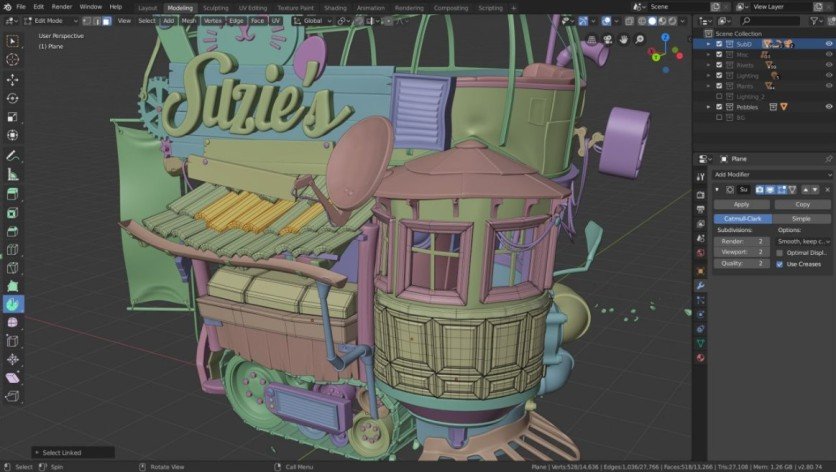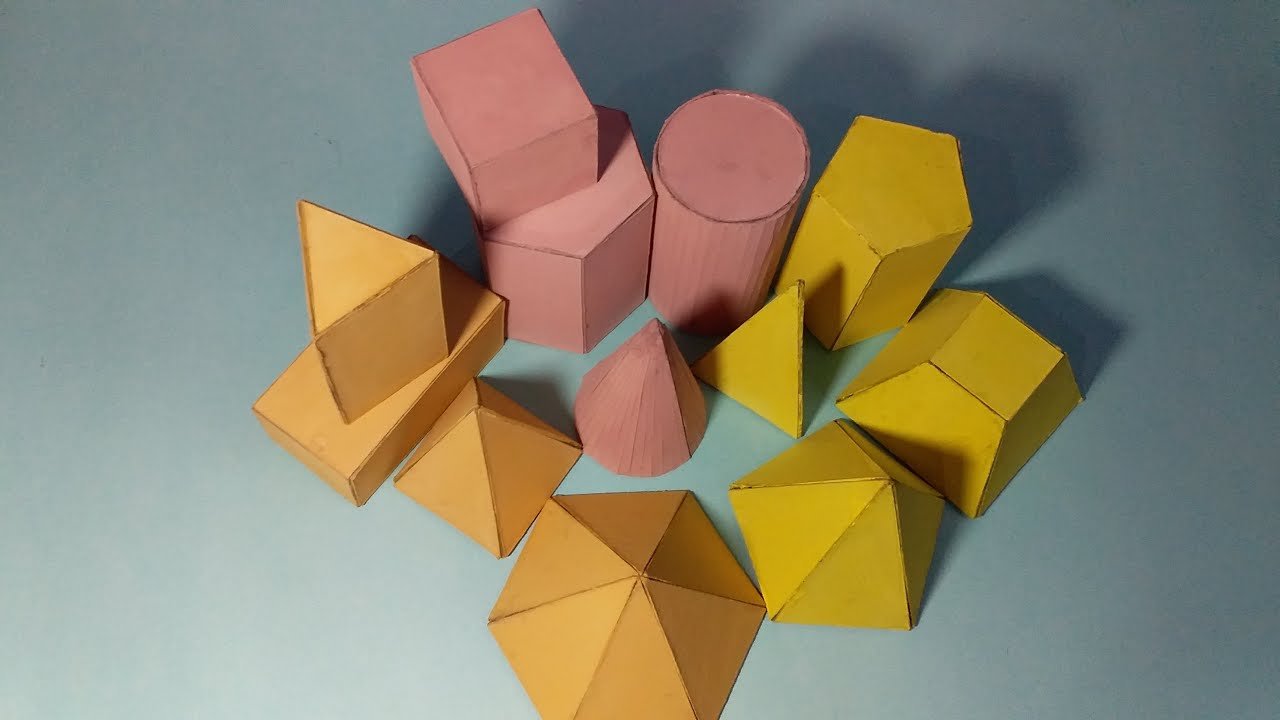For those interested in geometric informatics, the right software can make all the difference. Whether you’re a student, researcher, or professional, having the best tools can help you dive deeper into geometric concepts and applications. In this article, we will explore the software for geometric informatics enthusiasts that stand out for their features, usability, and ability to apply geometric principles in various fields like computer graphics, machine learning, and robotics.
1. GeoGebra: A Powerful Tool for Visualizing Geometry
One of the most popular software for geometric informatics enthusiasts is GeoGebra. GeoGebra is an interactive platform that allows users to explore and visualize geometric shapes and functions. It’s especially useful for those starting with geometric informatics, as it provides an easy-to-use interface for creating 2D and 3D geometric constructions. Whether you want to explore basic geometric shapes, vectors, or complex transformations, GeoGebra helps you visualize how geometric concepts come to life. It’s free and available online, making it accessible for anyone interested in learning geometry.
2. MATLAB: Advanced Tools for Geometric Computations
Another excellent software for geometric informatics enthusiasts is MATLAB. MATLAB is a high-level programming language used for mathematical computations and visualizations. It offers a range of geometric toolboxes that allow users to perform complex calculations and algorithms. For example, you can use MATLAB to solve problems related to computational geometry, such as finding the shortest distance between points or working with 3D data. MATLAB also supports matrix operations, which are fundamental in geometric informatics, and provides powerful visualizations to better understand geometric transformations and data relationships.

3. Blender: Geometric Modeling for 3D Applications
For enthusiasts interested in 3D modelling, Blender is an amazing option. Blender is a free, open-source software used to create 3D graphics, animations, and simulations. It includes powerful geometric tools for modelling, sculpting, and rendering 3D shapes. Using Blender, geometric informatics enthusiasts can apply concepts such as vertices, edges, and faces to build realistic models and environments. Whether you’re working in computer graphics, virtual reality, or even architectural design, Blender allows you to visualize complex geometric structures with ease. The software is highly flexible, and its active community offers tons of tutorials and resources for beginners and advanced users alike.
4. CGAL: A Specialized Library for Computational Geometry
For those interested in diving into more specialized applications of geometric informatics, CGAL (Computational Geometry Algorithms Library) is an essential tool. CGAL is a powerful library that provides algorithms and data structures specifically designed for computational geometry. It is commonly used in industries like robotics, computer graphics, and geographic information systems (GIS). The library includes algorithms for working with polygons, meshes, and various other geometric shapes. CGAL helps users apply geometric algorithms to real-world problems, such as collision detection, pathfinding, and 3D surface reconstruction.
5. OpenSCAD: A Script-Based 3D Modeling Tool
OpenSCAD is another great tool for geometric informatics enthusiasts, particularly for those who enjoy scripting and programming. Unlike traditional 3D modeling software, OpenSCAD uses a script-based approach to create 3D objects. This means you can define geometric shapes and transformations using simple programming commands. OpenSCAD is perfect for those who want to create precise, parametric models based on geometric principles. It is widely used in industries like engineering and product design, where accuracy and precision are key. OpenSCAD also allows users to explore geometric transformations in a controlled and customizable way.
6. Wolfram Mathematica: Comprehensive Geometric Analysis
If you’re looking for software that provides a comprehensive set of tools for both geometric analysis and visualization, Wolfram Mathematica is an excellent choice. Known for its advanced mathematical capabilities, Mathematica offers a wide range of tools for working with geometry. You can easily manipulate geometric objects, solve geometric problems symbolically, and visualize 2D and 3D shapes. Mathematica is used in academic research and industrial applications where advanced mathematical computations and visualizations are needed. For enthusiasts working in machine learning or AI, Mathematica also includes tools to apply geometric methods to datasets and algorithms.
7. Fusion 360: Geometric Design for Engineering and Manufacturing
For geometric informatics enthusiasts with an interest in engineering and manufacturing, Fusion 360 is a fantastic choice. This cloud-based software is used for 3D design, simulation, and CAD (Computer-Aided Design). Fusion 360 allows you to create detailed geometric models, test their performance, and even simulate real-world conditions. It is especially useful for creating mechanical parts, prototypes, and assemblies, where geometric precision is crucial. By applying geometric informatics in the design and testing phases, Fusion 360 helps users develop more efficient and functional designs.
8. QGIS: Geospatial Data Analysis
Geospatial data analysis is another area where software for geometric informatics enthusiasts can be applied effectively. QGIS (Quantum GIS) is a powerful open-source software used for working with geographic information systems (GIS). It allows users to analyze spatial data, visualize geographic patterns, and perform geometric operations on maps. QGIS is widely used in fields such as urban planning, environmental science, and geospatial analysis. By combining geometric informatics with geospatial data, users can gain deeper insights into the relationships between geographic features, such as distances, areas, and topologies.
Conclusion
In conclusion, there are many excellent software for geometric informatics enthusiasts available, each catering to different aspects of geometric analysis, modeling, and visualization. Whether you’re just starting out and looking for easy-to-use tools like GeoGebra, or you’re ready to dive into more advanced software like MATLAB or CGAL, there’s something for everyone. Software like Blender and OpenSCAD are perfect for 3D modeling, while Wolfram Mathematica and QGIS offer advanced geometric computations and data analysis. By using the right tools, you can enhance your understanding of geometric informatics and apply it to exciting fields like robotics, machine learning, and more.




